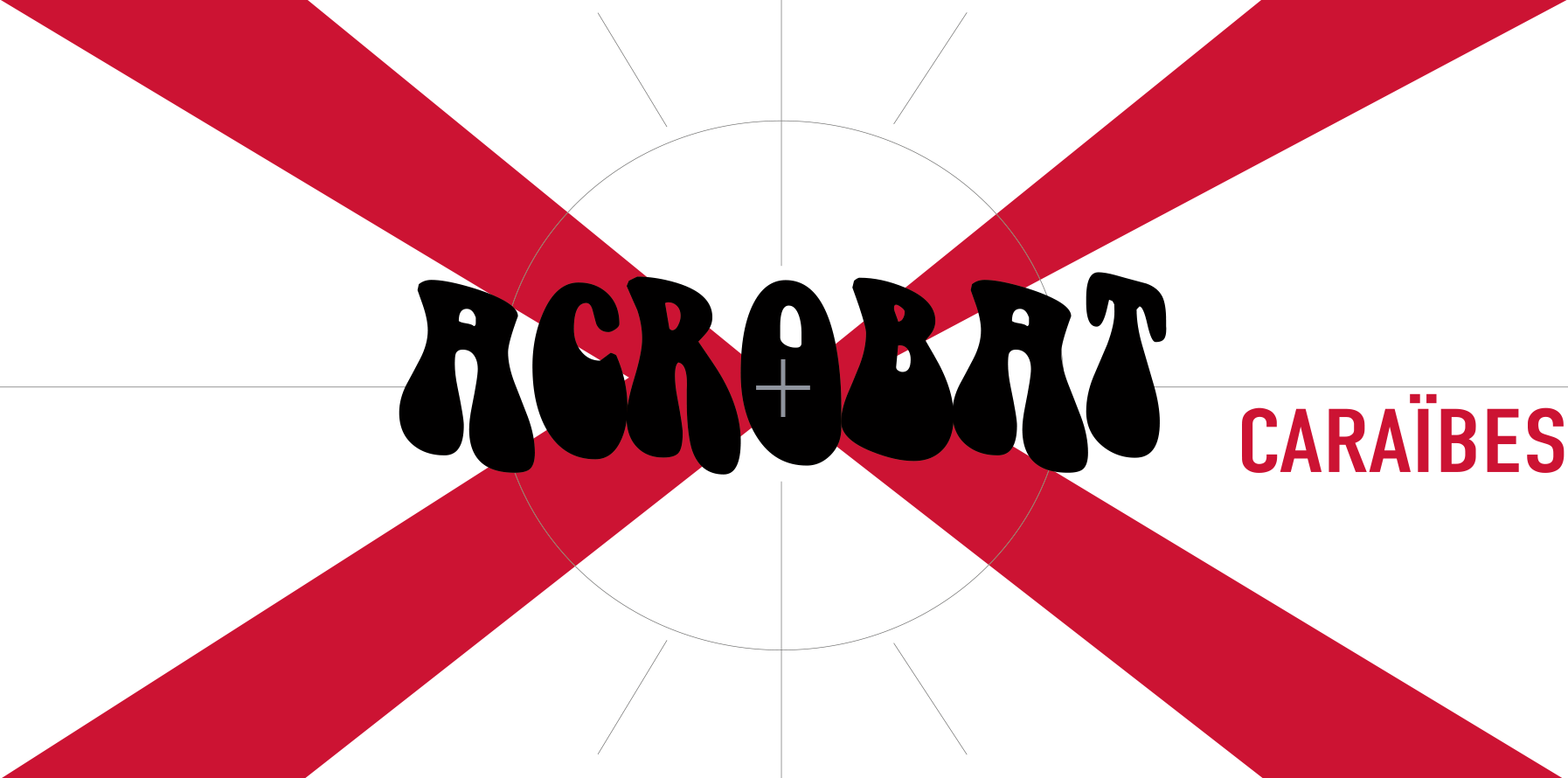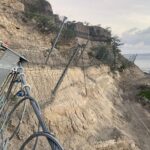
Underpinning: Strengthening Foundations for Stability and Durability
What is Underpinning?
Underpinning involves reinforcing or replacing the existing foundations of a building, wall, or civil engineering structure to ensure its stability and longevity. This technique addresses structural issues related to partial or complete foundation failures.
Why Undertake Underpinning?
The need for underpinning can arise from various issues:
- Absence or Insufficient Foundations: Initial construction without suitable foundations.
- Defects or Improper Sizing: Foundations not designed to meet soil constraints and soil-structure interaction.
- Differential Settlement: Caused by poorly compacted or unsuitable fill materials.
- Premature Foundation Degradation: Resulting from erosion, wear, or environmental factors.
- Natural Disasters: Earthquakes, floods, or landslides.
Common Symptoms of Foundation Issues:
- Abnormal cracks in load-bearing walls.
- Undermined or eroded areas visible beneath the foundations.
The Underpinning Process
Underpinning involves creating new, solid vertical supports to stabilize the structure. This is achieved through:
1. Micropiles
- Installation Locations:
- Around the existing foundations (peripheral micropiles).
- Beneath the structure (interior micropiles).
- Purpose:
- Micropiles act as new vertical supports, transferring the structure’s loads to deeper, more stable soil layers.
2. Localized Excavations
- Progressive Excavation:
- Performed alternately to prevent destabilization.
- Purpose:
- Excavations allow micropiles to be installed beneath the old foundations.
3. Steel Beams and Reinforcement Cages
- Positioning:
- Steel beams or metal reinforcement cages are placed within the excavated areas.
- Purpose:
- These structures create a seamless connection between the micropiles and the existing foundations.
4. Concrete Pouring
- Execution:
- Concrete is poured around the beams and micropiles, stabilizing the structure permanently.
- Repetition:
- The process is repeated for each required excavation to ensure the entire structure is reinforced.
Advantages of Using Micropiles and Beams for Underpinning
- Adaptability: Suitable for all types of soils and structures, including unstable terrains.
- Precision: Localized interventions minimize impact on the existing structure.
- Reliability: Secure transfer of loads to deep, stable supports.
- Durability: Long-term solution for structures under high stress.
Common Applications
- Reinforcement of Older Buildings: Addressing structural cracks and weaknesses.
- Stabilizing Civil Engineering Structures: Bridges, retaining walls, and similar works.
- Rehabilitation of Damaged Foundations: Restoring stability after natural disasters.
- Correcting Differential Settlement: Preventing further structural damage in load-bearing elements.
Why Choose Acrobat X for Underpinning?
With extensive expertise in special foundation work and rope access techniques, Acrobat X provides tailored solutions for underpinning that address both technical and environmental challenges.
Our Key Strengths:
- In-Depth Analysis: Custom evaluations to determine the most effective underpinning approach.
- Safe Execution: Ensuring the stability and durability of your structure throughout the process.
- Custom Solutions: Minimizing disruptions while maximizing structural integrity.
Contact Us Today
Ensure the safety and longevity of your structures with Acrobat X’s specialized underpinning services. Get in touch for a detailed study and expert implementation of durable reinforcement solutions.






